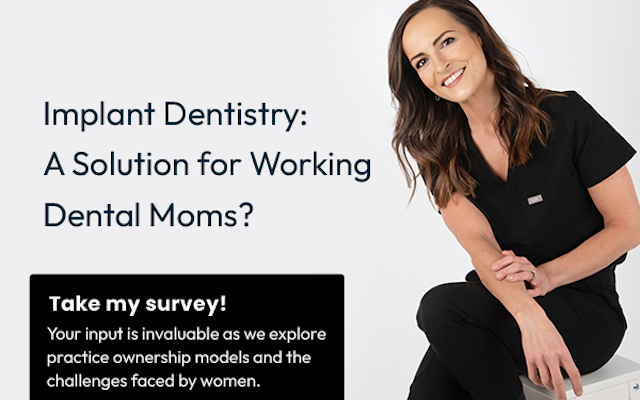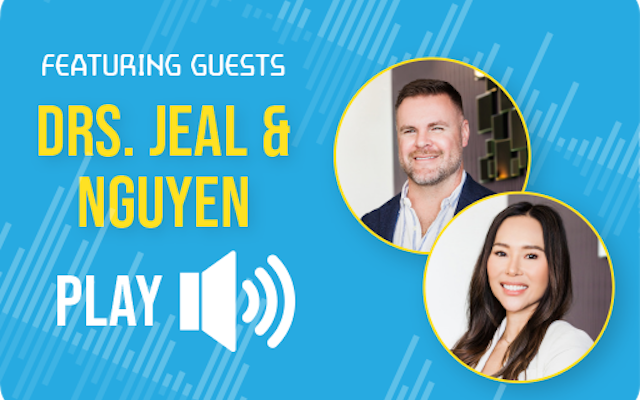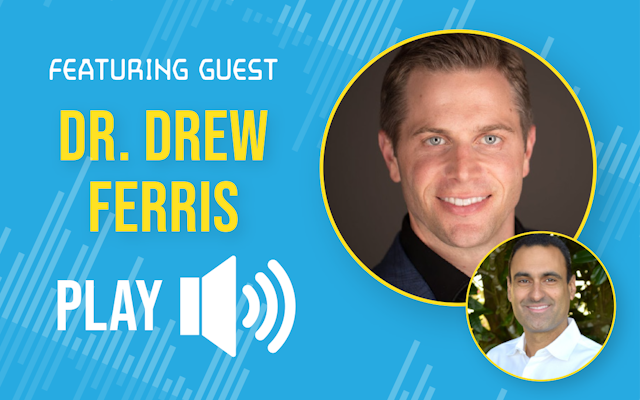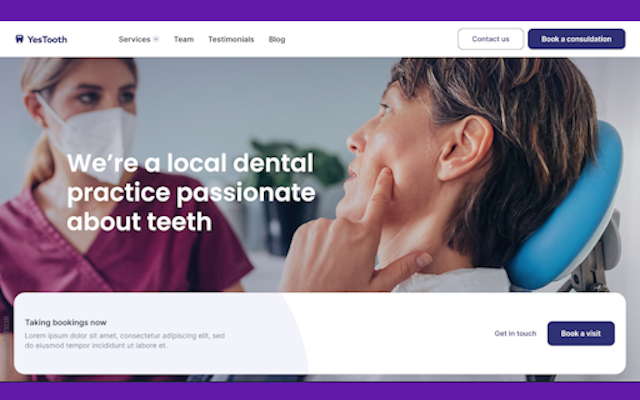Missed appointments are expensive. You’ve left a space in your day for a specific patient, and when that patient fails to show, you lose productivity and increase your stress level. Sure, you might have a list of other things to work on while you fill the gap, but ideally, your number of no-shows should be very low, and limited to unavoidable events like illness.
No-shows are not simply an unavoidable force of nature. They’re the result of individuals making specific choices that leave you in a lurch. The good news is there are ways to influence your patients to make better choices. You can use the science of ethical persuasion to reduce the number of no-shows, increase your productivity, decrease your stress levels and make your practice a more enjoyable place to work.
Change No. 1: Create a Decision Funnel
When people make choices, they’re more committed to a decision than when they have something forced on them. Use the decision funnel method to get your patients more involved in the appointment making process. A decision funnel should provide a series of two choices. These choices give patients a feeling of freedom, but don’t overwhelm them by providing too many options.
A decision funnel to schedule a follow-up might look like this:
“Would you prefer a Tuesday or a Thursday appointment?”
“Great! Tuesdays are best for you. Would you prefer morning or afternoon?”
“Afternoon it is! We have appointments open on Tuesday the 4th at 3 p.m. and Tuesday the 11th at 4 p.m. Which would you prefer?”
With just a few short questions, you help patients choose an appointment. But because they made all of the decisions, they feel ownership and are more likely to show up.
Change No. 2: Use Scarcity as a Motivator
Imagine you had an appointment with a mechanic to fix your car. If you make the appointment on time, your car gets fixed. If you are late or miss the appointment, he won’t be able to see you for another three months. In that situation, you’re going to do everything you can to get to that appointment, right? You can’t afford to miss it if you might have to wait three months for the next opening!
When your patients feel like appointments are a scarce commodity, they’re also more likely to show up. There are a few ways you can handle this. When patients arrive more than 30 minutes late, have them reschedule their appointment rather than squeezing them in. This teaches patients you’re serious about appointment times. If you let people show up 30 minutes late, the appointment time becomes a range for them, not a set time, and your office will run perpetually behind schedule.
A second way to use scarcity is changing how you schedule reminder calls. Instead of simply leaving a reminder message, ask for a confirmation of the appointment either by phone or through your website. Make it clear appointments that have not been confirmed 48 hours in advance will be given to the next patient on the waitlist. This will encourage patients to make a firm commitment to keep their appointment, because failing to commit means a loss.
Remember, people are loss adverse. They’ll work harder to avoid losing an appointment than they will to make one. Letting them know appointments are scarce and in demand makes them valuable.
Change No. 3: Reduce Pre-Appointment Anxiety
I’m convinced many cancellations stem from a sort of buyer’s remorse. New patients book an appointment and then start to worry. What if it’s not the best practice for them? What if the team is mean? What if the dentist is scary? Choosing a new practitioner is a huge commitment. A lot of people stick with their dentist longer than they stick with their spouse! So it’s natural for people to get cold feet. We need to help them get over their anxiety and make them eager to visit our offices.
I have a mailer I send to new patients that highlights the team members they’ll meet on the visit, from the front desk person who will check them in, to the hygienist, to the patient care coordinator, to me! Every team member gets a photo and a brief bio. The bios are a balance between highlighting our expertise and our personalities. They build authority and likeability before the patient sets foot in the office. Once they’ve seen us, they feel like they know us, and they’re less likely to no-show.
Change No. 4: Get Data and Look for Patterns
When do no-shows happen? At certain times of day or on certain days of the week? Look at the data and see if you can eliminate no-shows by changing how you schedule. For instance, we found our greatest concentration of no-shows tended to happen between 10 a.m. and 2 p.m. on weekdays. I realized working adults were making these appointments but couldn’t get away from the office at the last minute—and were too embarrassed to call and cancel.
So, we changed things up. I added later hours and Saturday appointments. I started booking working adults in those slots and saved the 10 to 2 time period for my retirees. I reduced my no-show rate to nearly zero, and discovered a way to make life easier for my patients.
Change No. 5: Use Your Appointment Cards as Social Proof
Humans are social animals. We like to follow the crowd and adhere to cultural norms. When we’re in an unfamiliar environment or situation, we look to others for social cues. This is a problem for dentists. Our patients rarely interact with each other. If you have an efficient office, your patients arrive, are escorted to their bay, get their work done, and go home without time to chat with one another. This respects your patients’ time, but isn’t helpful from a social proof perspective. How can “going along with the crowd” influence patient behavior when they’re never part of the crowd?
To counteract this isolation, I redid my appointment and referral cards to activate the principle of social proof:

Ninety seven percent of the patients in our office are polite and call to reschedule. You don’t want to be part of the bad 3 percent do you? Of course not! When our patients check the card to see when their appointment is, they’re immediately reminded of the social norm for our office: “Our patients call when they have to cancel or reschedule.” Adding this one statement to the cards made a difference in how our patients perceived being a no-call no-show. Social proof encouraged them to do the responsible thing and call.
You aren’t your patients’ mother. You can’t force them to be polite and to call ahead when they need to cancel. You can, however, take steps to make them less likely to be no-shows. And when you do that, you’ll find your days go more smoothly, your team is more productive, and your office is a more pleasant place to be.
 By:
By: 



